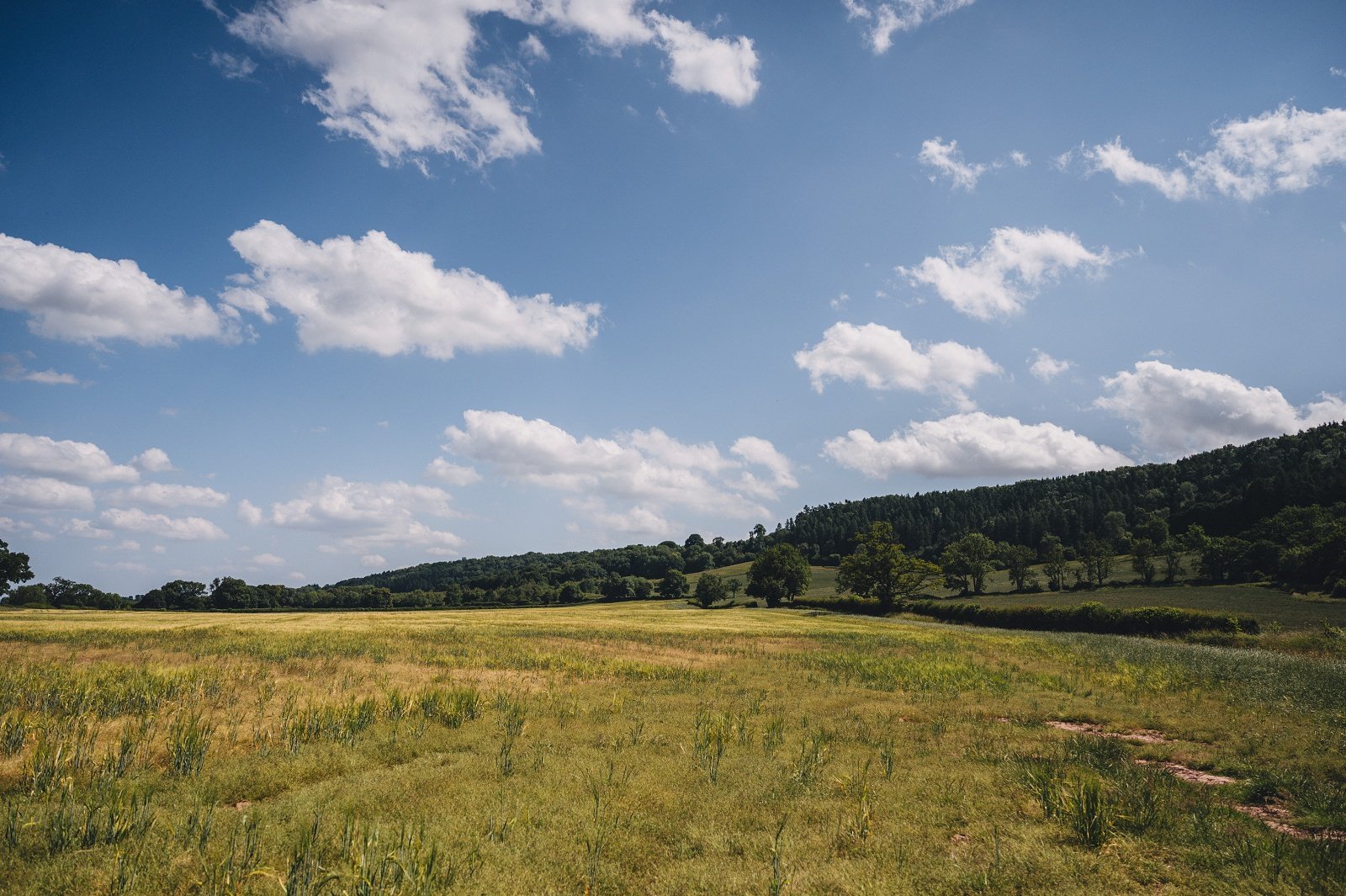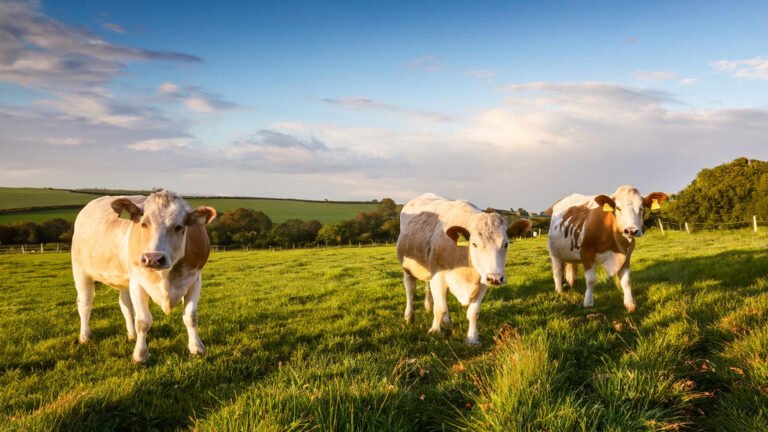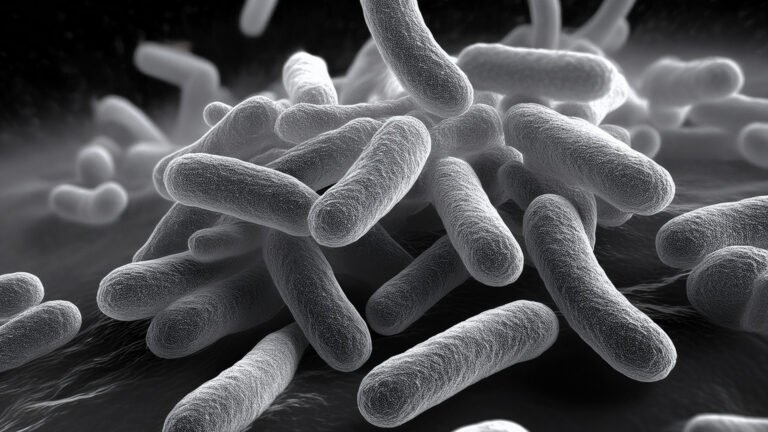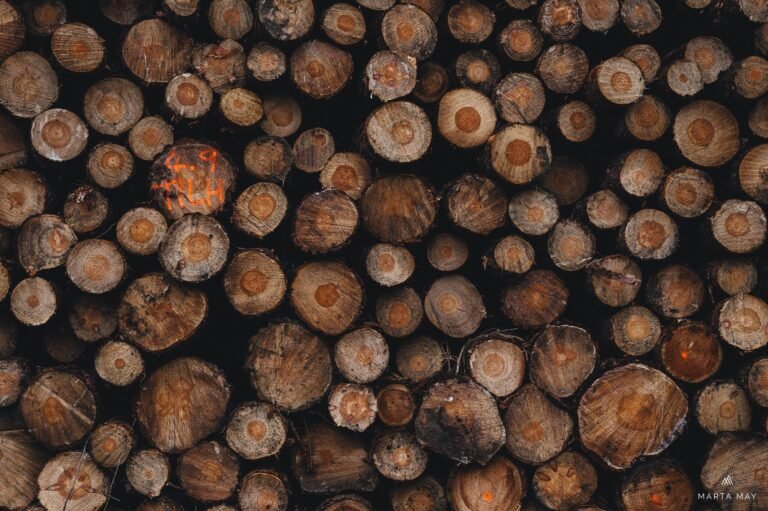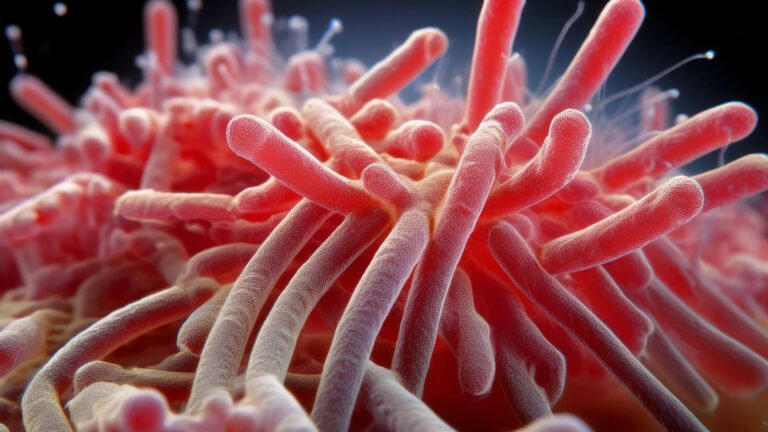If you want to reduce nitrogen fertiliser use without gambling yield, you’re not alone. However, weather swings push nitrate leaching one week and ammonia volatilisation the next, so nitrogen use efficiency (NUE) wobbles and plans unravel. Consequently, canopies yo-yo, protein is unpredictable, and the sprayer keeps doing “one last pass.”
If this sounds familiar, you’re in the right place
Before finding us, many farmers feel…
- Frustrated that the same N plan gives different results every season.
- Nervous about leaching, volatilisation, and “where did those units go?”
- Tired of chasing thin canopies with late top-ups.
- Pressed by budgets, prices and compliance pressure.
Meanwhile, the crop rarely settles; therefore timings slip and margins suffer.
Reduce Nitrogen Fertiliser Use: Trim Units, Not Yield
When rain drives nitrate leaching and heat sparks ammonia volatilisation, steady in-season supply with BactoRol Nitrogen and BactoStym so NUE rises, bagged N falls, and protein stays on target.
Where nitrogen gets lost (and what happens if you ignore it)
- Weather timing: rain drives nitrate leaching; heat/wind trigger ammonia volatilisation.
- Soil biology dips: low activity means poor mineralisation and capture; consequently more N is wasted.
- Root limitations: shallow or patchy roots cannot pick up applied N efficiently.
- Operational spread: overlaps/misses and uneven release from forms reduce NUE.
If you ride it out, you risk extra units, extra passes, thin grain protein, and no clear idea what actually worked. Therefore, cost climbs while confidence falls.
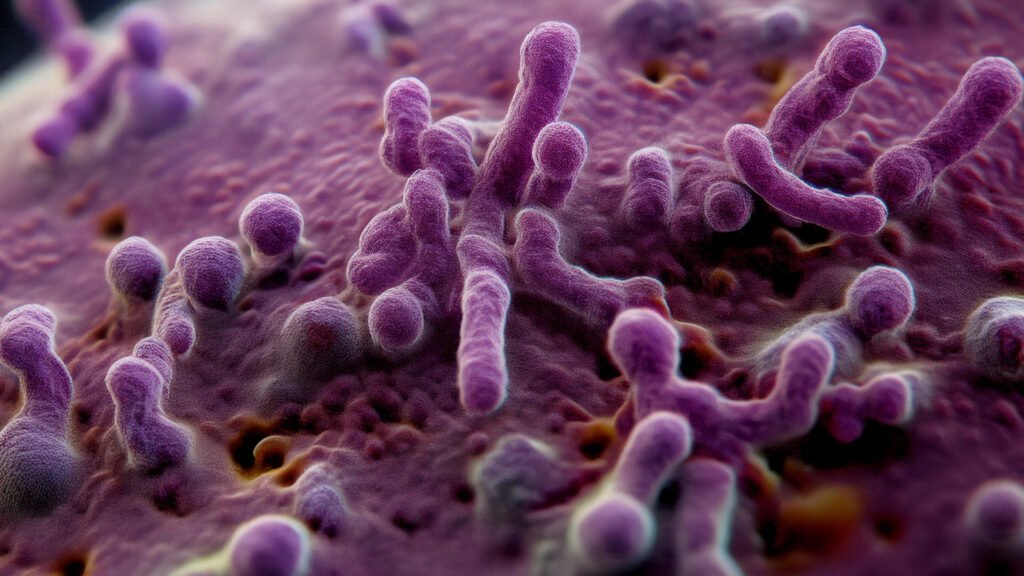
The fix: steady the supply, smooth the season
Two biological levers work together to reduce bagged N while keeping targets intact.
- Free-living biological nitrogen fixation. Azotobacter vinelandii in BactoRol Nitrogen supports in-season N around roots; as a result, supply is steadier between weather swings.
- Bacillus-led rooting and NUE support. Bacillus subtilis (in BactoRol Nitrogen and BactoStym) helps rooting and nutrient use, so crops turn available N into growth more efficiently.
Consequently, canopies keep pace, late “rescue” N falls, and protein is easier to hit where it matters.

Simple programme (plan → place → protect)
1) Plan by crop stage (field-by-field)
- First, align BactoRol Nitrogen with early demand by crop.
- Next, schedule follow-ups at key growth stages for yield/protein (always follow the label and your agronomy plan).
- Aim to trim fertiliser units incrementally while tracking outcomes.
2) Place with care
- Check water quality (pH/salts) and spray for even coverage.
- Avoid bactericides/oxidisers (e.g., copper oxychloride) near biological passes; therefore microbial efficacy is preserved.
3) Protect your gains
- Use BactoStym ahead of cold/dry dips to prevent stop–start growth that derails NUE.
- Keep tight records: field, date, rate, growth stage, weather and notes.
Tip: Anchor rates and timings against RB209 nitrogen recommendations; then adjust using field evidence rather than hunches.

What to expect (typical reports)
- Units trimmed for the same canopy/protein target.
- Rework down – fewer late “chase” passes.
- Evenness up – cleaner spray windows and calmer logistics.
- Protein variance down where milling or malting matters.
As a result, budgets breathe and risk shrinks.
Payback maths (five numbers to log)
- Units planned vs applied (kg N/ha).
- Minutes saved from fewer reworks (spray/agitation time).
- Diesel & labour per pass.
- Grain protein / yield vs last season on similar blocks.
- Programme cost (biology + any N trimmed).
Rule of thumb: If (units trimmed × fertiliser £/kg) + rework savings > programme cost, you’re ahead – before yield/protein effects.
Measure it (turn “feel” into proof)
- SPAD/leaf colour and simple canopy photos every 7–10 days.
- NDVI/drone snapshots at key stages.
- Tillers/m² and root digs (depth, hairs) to confirm uptake potential.
- Protein checks (where relevant) and an end-of-season N balance note.
- Weather + soil notes to tie outcomes to leaching/volatilisation risk.
Consequently, you can defend decisions and repeat what works.
Field tips: do’s & don’ts
Do
- Calibrate spreaders/sprayers; moreover, even basics move the NUE needle.
- Time biological passes around weather and demand.
- Keep a clean record; therefore audits and choices are simpler.
Don’t
- Tank-mix with bactericides or hot oxidisers near biologicals.
- Expect biology to mask large rate errors; use it to cut nitrogen rate, not starve crops.
- Skip the pilot; instead, prove it on your ground, then scale.

The products behind this programme
- BactoRol Nitrogen – combines Azotobacter vinelandii (free-living biological nitrogen fixation) with Bacillus subtilis to steady in-season N and support nitrogen use efficiency.
- BactoStym – microbial biostimulant that buffers cold/drought stress and supports efficient use of applied N.
Compatibility & safety: Natural, non-GMO. Always follow labels and safety data; additionally, avoid close sequencing with bactericides.
FAQs
Will this replace all bagged N?
No. The aim is to reduce nitrogen fertiliser use by trimming waste and smoothing supply – without risking yield.
Does it help on both light sands and heavy clays?
Yes. On sands, steadier supply reduces leaching risk; on clays, improved rooting and NUE help crops use what’s there.
How soon will I see differences?
Often within 2–3 weeks in canopy feel/NDVI; subsequently, protein effects show at harvest.
Can I mix with liquid fert?
Often fine; nevertheless check water pH/salts and avoid bactericides. When unsure, split the pass.
Will this help with compliance pressure?
Yes — by reducing losses to nitrate leaching and ammonia volatilisation, you can trim fertiliser units while keeping outcomes on target.
Ready to reduce nitrogen fertiliser use – and the stress that goes with it?
Send us last season’s N plan, target protein (if relevant) and one “problem” field. We’ll build a field-by-field NUE tweak with timings, rates and a measurement sheet so gains are crystal clear.
→ Get your plan: Contact BactoTech UK
→ Learn more: BactoRol Nitrogen · BactoStym also read more about STRAW TYING UP NITROGEN and HEREFORDSHIRE FARMING PROBLEMS WITH NITROGEN
Editorial note: General guidance only. Always follow product labels and local regulations. Last updated: September 2025.

